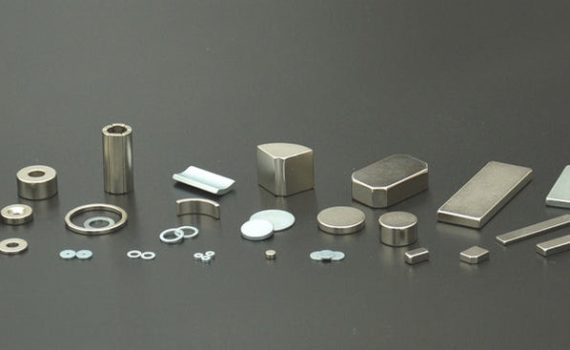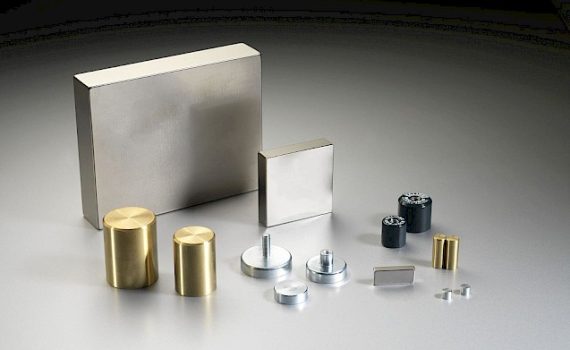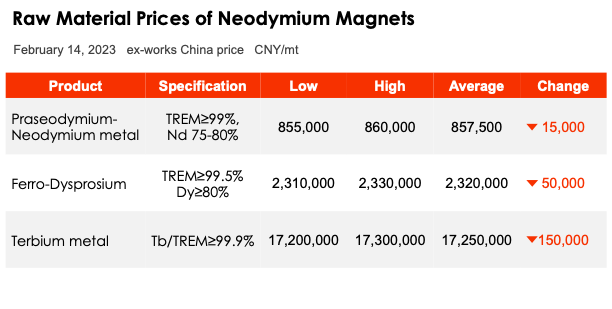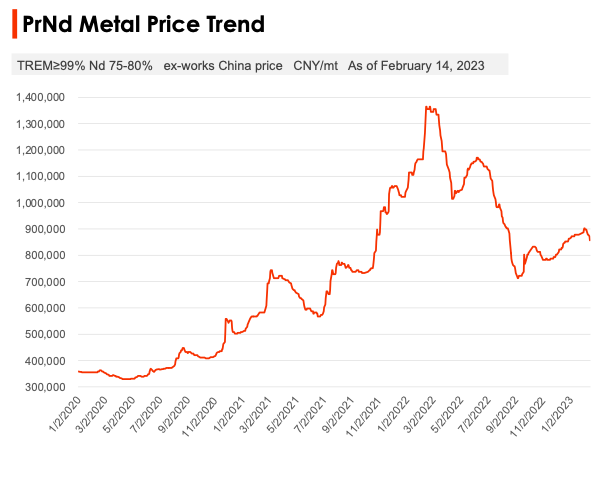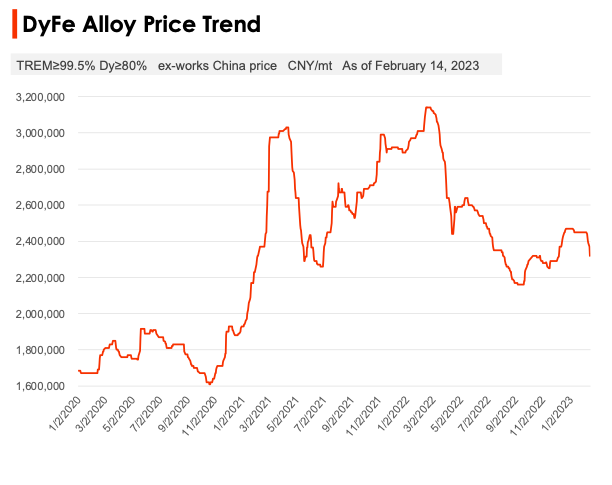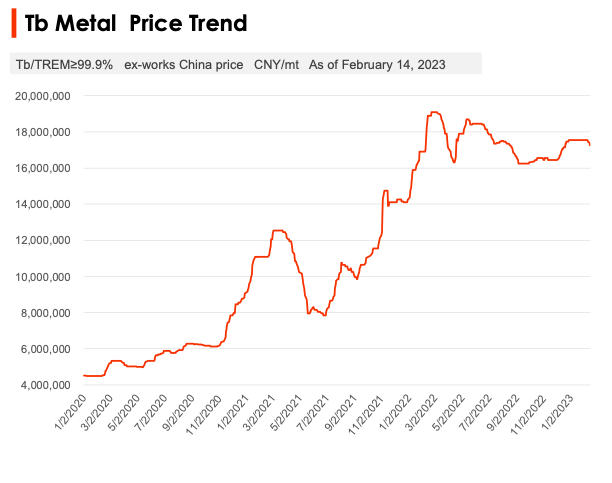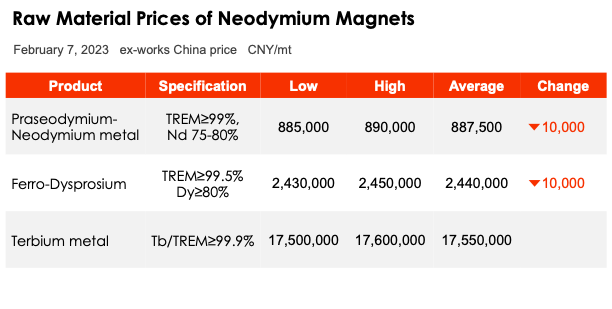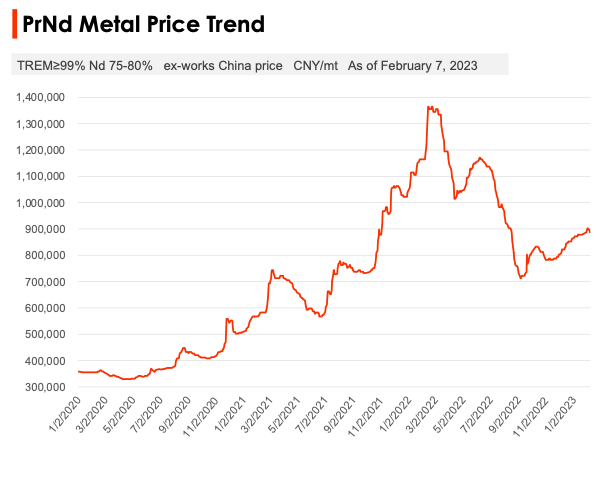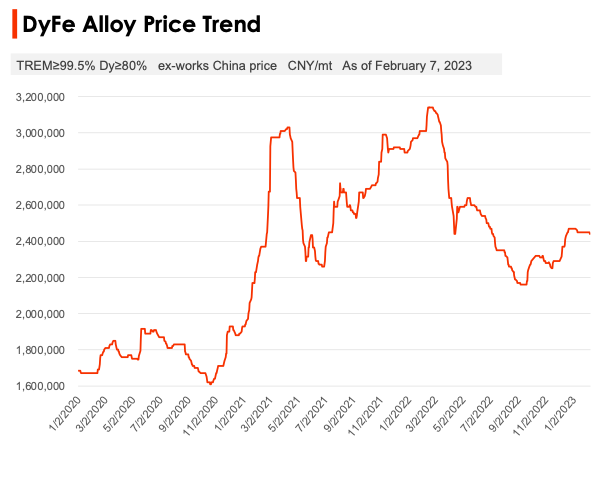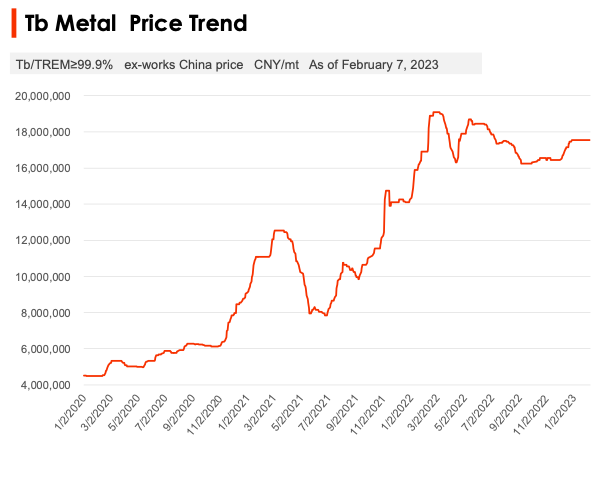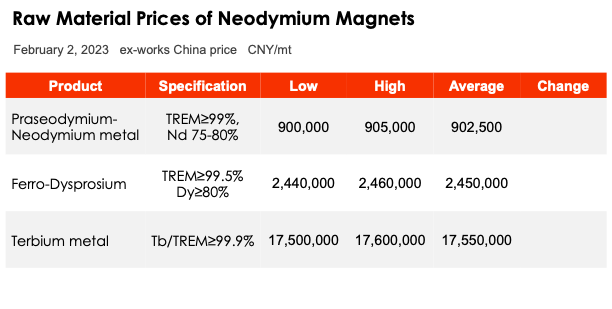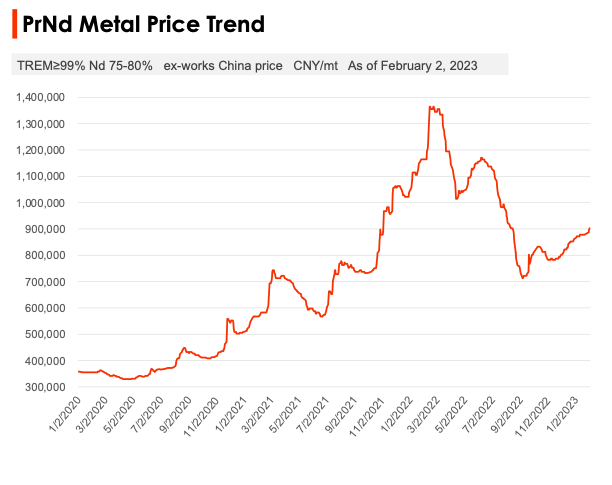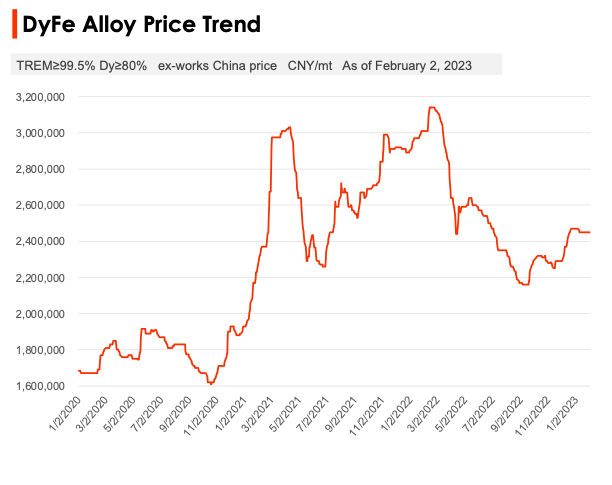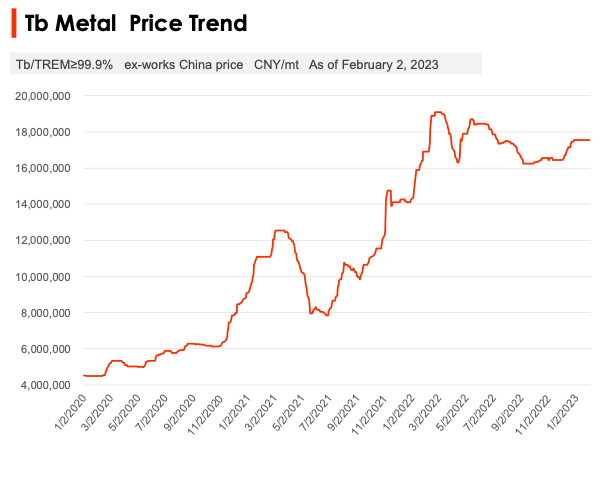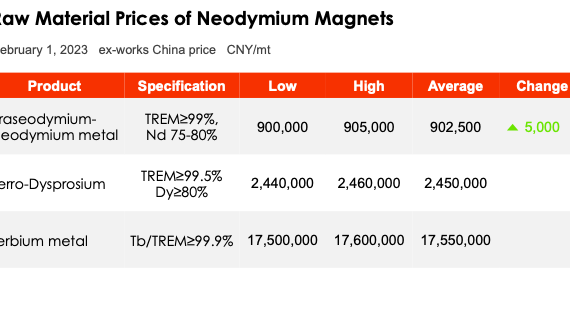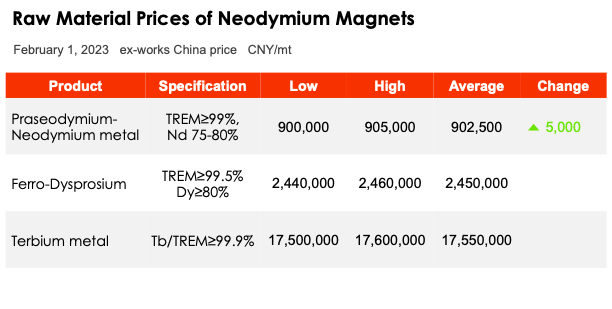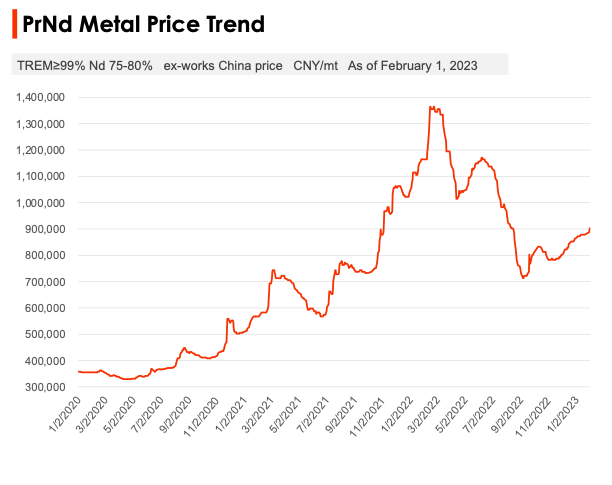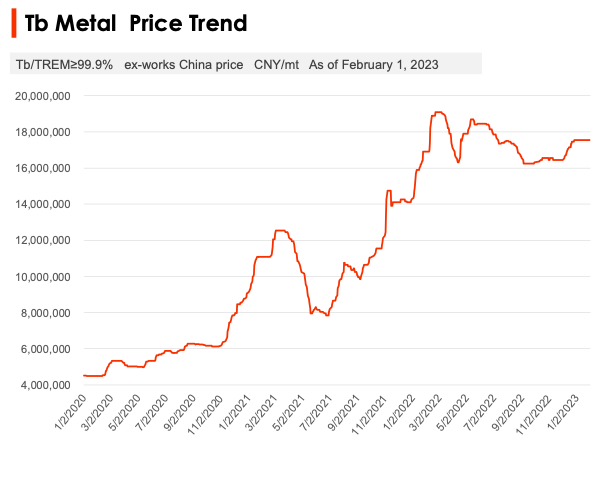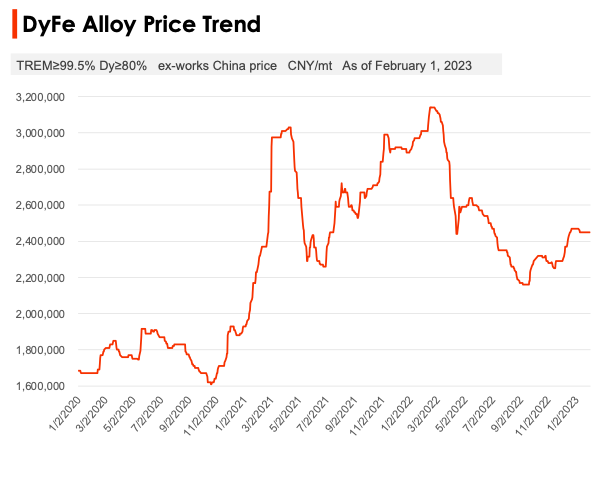New Magnet Alloys Enable Ultra-high Temperature Applications
- 2023-06-20
Scientists from the National Institute of Materials recently announced the development of new rare earth-transition metal alloys that can operate stably at temperatures above 500°C while maintaining strong magnetic properties. These new alloys solve a long-standing challenge for applications like magnetic refrigeration, magnetic cooling systems, and magnetically assisted fossil fuel ignition at high temperatures.
Conventional magnets based on NdFeB and SmCo alloys exhibit reduced magnetic properties above 300°C due to the decreased anisotropy and accelerated diffusion of rare earth elements. To tackle this issue, the scientists alloyed rare earth elements with abundant transition metals like iron and cobalt, and optimized the composition and microstructure control of alloys. They found that increasing the number of metalloids like Si and Al and reducing grain size could effectively improve high-temperature stability.
The newly developed alloys demonstrated strong magnetism even after long-term thermal aging at 600°C. Their maximum energy product at 500°C remained higher than 10MGOe, comparable to commercial NdFeB magnets at room temperature. The cost of these alloys is also lower due to reduced usage of rare earth elements. They show promising prospects for commercialization in high-end magnetic devices and components operating in extreme environments.
However, mass production of these new alloys in a scalable and cost-effective manner remains challenging. The scientists suggested that rapid solidification and mechanical alloying techniques could bridge the gap between lab-scale success and industrial application. Collaborations across countries and disciplines to accelerate technology transfer are needed.
This breakthrough paves the way for the next generation of high-temperature magnets that do not require expensive dysprosium and terbium additions. Wider adoption of these new alloys could reduce the dependence on critical materials and improve the supply chain stability of strategic magnetic products. Overall, this discovery has significant implications for advanced sustainable energy and propulsion technologies.
READ MORE

 Magnetic Field Calculation
Magnetic Field Calculation Raw Material Trend
Raw Material Trend Magnet Testing
Magnet Testing Magnet Plating
Magnet Plating Magnetization
Magnetization Magnet Packing for Shipment
Magnet Packing for Shipment Magnetic Glossary
Magnetic Glossary Magnets Overview
Magnets Overview Magnets FAQ'S
Magnets FAQ'S Alibaba Trade Assurance
Alibaba Trade Assurance
